The first company that springs to mind whenever I think about energy transition is Verlume.
There are several reasons for this, not least that it has been focused on net-zero from the outset.
Another key factor is that I’ve followed its fortunes almost from the start.
I remember sitting down with Richard Knox, one of its two founders, back in 2018.
And I listened to him explaining how his firm’s truly groundbreaking technology could become a game-changer in the North Sea.
East Coast Oil and Gas
In those days the Aberdeen-based business was not called Verlume. It traded under the rather ugly acronym of EC-OG.
EC-OG stood for East Coast Oil and Gas.
Every time I wrote about the business I had to double-check I’d got the shortened form right.
That first meeting with Mr Knox took place in serviced accommodation in Aberdeen’s west end.
EC-OG’s small team seemed to be years ahead of the game by developing tech that would pave the way for the electrification of oil and gas assets.
That was in 2015, shortly before The Press & Journal revealed the firm had secured a £1.2 million Scottish Enterprise (SE) grant to develop an innovative subsea power generation system.
By then EC-OG had invested £3.9m in the autonomous electrical power technology.
Energy tech firm’s early ambitions
Mr Knox and Rob Cowman, who at the time were managing director and engineering director respectively, had launched their engineering services firm two years earlier.
At that first meeting in late 2015 they told me it aimed to create 14 jobs, more than doubling its workforce from just nine people.
Fast forward to January 2024 and a visit by Humza Yousaf to Verlume’s operations facility at Raiths Industrial Estate in Dyce, Aberdeen.
It was an apt location for the first minister to unveil his new blueprint for economic growth.
Verlume had started 2024 expecting a 400% surge in revenue in its new financial year.
Now a leading player in energy transition, the firm also reported spectacular sales growth – a tenfold increase year-on-year – as well as plans to further grow its current 38-strong team.
The company has a suite of intelligent energy management and storage technologies for the energy industry.
I recently caught up with Mr Knox, chief executive, at Verlume’s headquarters in Davidson House at the Innovation Park in Bridge of Don.
Our meeting followed hot-on-the heels of a groundbreaking project where the company’s technology was used to show how green tech can be combined to provide reliable and continuous low carbon power and communications to subsea equipment.
The year-long, £2m Renewables for Subsea Power (RSP) test programme took place a few miles off the coast of Orkney.
It saw a wave energy converter, Blue X, built by Edinburgh company Mocean Energy hooked up to a Halo underwater battery storage system developed by Verlume.
Energy majors TotalEnergies and Shell were also involved in the pan-industry initiative, alongside Thai national oil company PTTEP, Serica Energy, Harbour Energy, Baker Hughes, Transmark Subsea, and the Aberdeen-based Net Zero Technology Centre.
Phase two of the project was focused on integration of the core technologies in an onshore test environment at Verlume’s operations facility in Aberdeen.
Four months of testing became a year, thanks to project’s great data
Verlume chief commercial officer Andy Martin hailed the tests off Orkney as a “tremendous success”.
Mr Martin said: “This phase of RSP was initially conceived as a four-month at-sea demonstration.
“But the quality of data and the robustness of our combined technologies, as well as tremendous support from the oil majors, led us to extend the programme to a full year.
“We now have increasing confidence in the reliability and the commercial potential of this system.”
The joint industry participants and developers are now evaluating near-term and future plans for further deployment or possible testing on live assets.
More recently, Verlume and Swedish energy technology company SeaTwirl signed a memorandum of understanding to collaborate around electrification of offshore assets and decarbonisation of the oil and gas industry.
I’m always fascinated to learn how new technology enablers get started.
What is it that sets them on their research and development career path?
How Richard Knox started out on path to energy tech entrepreneurship?
Mr Knox was working as an engineer in the oil and gas industry when the seeds of EC-OG/Verlume took root.
The Robert Gordon University mechanical engineering graduate had spells at Weir Pumps and GE Oil and Gas before EC-OG was born.
“I’d always been interested in renewable energy, he told me, explaining how that fascination eventually led to him teaming up with Mr Cowman to launch OC-OG.
CEO’s government advisory role
Mr Knox then went on to boost his skillset through a Massachusetts Institute of Technology Sloan School of Management entrepreneurship development programme.
Two years ago he was one of eight people appointed to a new Scottish Government advisory group, its trade board, tasked with finding ways to grow this country’s exports.
In the early days of EC-OG, it was hoped the firm’s technology would be a catalyst for progress on marginal oil and gas projects and sway decisions to extend the life of infrastructure.
Its “smart” subsea power hub was designed to convert ocean currents into renewable energy for remote subsea locations, reducing the cost of repairing or replacing umbilicals after all-too-common power failures.
The race to net-zero has put the company right at the heart of the energy transition.
SE has continued to support the enterprise through its transformation from a services company into a product and technology business.
Last year the economic development quango pumped in more cash, alongside investor Par Equity, in a £6.6m investment to support the company’s commercialisation push..
Verlume’s other financial backers include the Scottish National Investment Bank.
The company also turned to support from the public, via crowdfunding, to bring its scale-up plans to reality and help decarbonise oil and gas operations in the North Sea.
Meanwhile, the firm has benefitted hugely from SE’s connections to global markets.
What’s in a name?
Two years ago the then EC-OG joined a throng of companies and organisations removing any reference to oil and gas in their names.
It said its rebranding to Verlume would prepare it for “large-scale growth at pace” and reflect its position as a “clean technology leader”.
The name combines “ver” – part of the word “green” in languages such as French and Spanish – and “lume”, which refers to light. Bosses said they chose the new moniker after “engagement” exercises including “idea generation sessions” and surveys.
Verlume’s flagship product Halo is a multi-use subsea battery storage system which reserves power generated from intermittent renewable energy sources like wind power.
The cutting-edge technology is said to significantly increase energy production efficiency by storing power and releasing it when required.
It has been specifically designed for harsh underwater environments.
As well as being able to increase overall energy output, Halo’s smart battery technology can also be used as a charging point for servicing vessels, sensor equipment and autonomous subsea vehicles.
This means it can help reduce any carbon emissions associated with servicing and maintaining fixed and offshore floating wind farms, while delivering an uninterrupted supply of renewable energy.
Two separate demonstration projects for these systems were scheduled for 2024.
Verlume has identified offshore wind as a significant opportunity for Halo’s growth.
Asked whether the company was growing as fast as he had envisaged at the outset, Mr Knox said: “The Covid lockdown slowed us down a bit but we had just received funding.”
This allowed the business to quickly bounce back and take advantage of new opportunities to harness its technology.
What I am really passionate about is doing what I can over the next couple of years to help keep the supply chain here. I am very confident about the future of Aberdeen.”
“Over time, I want to enhance what we already have out there,” Verlume’s CEO said, adding: “We’re focused on here (the UK North Sea) but also on the US.
“What I am really passionate about is doing what I can over the next couple of years to help keep the supply chain here. I am very confident about the future of Aberdeen.”
Speaking at the launch of the Scottish Government’s new economic growth strategy in January, Mr Knox said: “It is encouraging to see the energy transition as one of Scottish Enterprise’s new missions, alongside scaling innovation, entrepreneurship, and productivity, which will be key elements of ensuring Scotland remains a global leader within this new energy industrial revolution, with benefits across the whole economy.”.
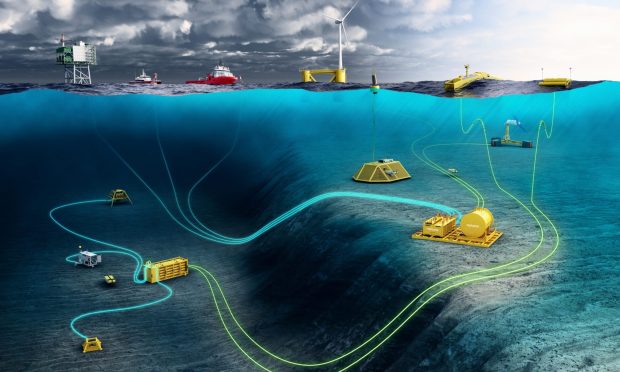

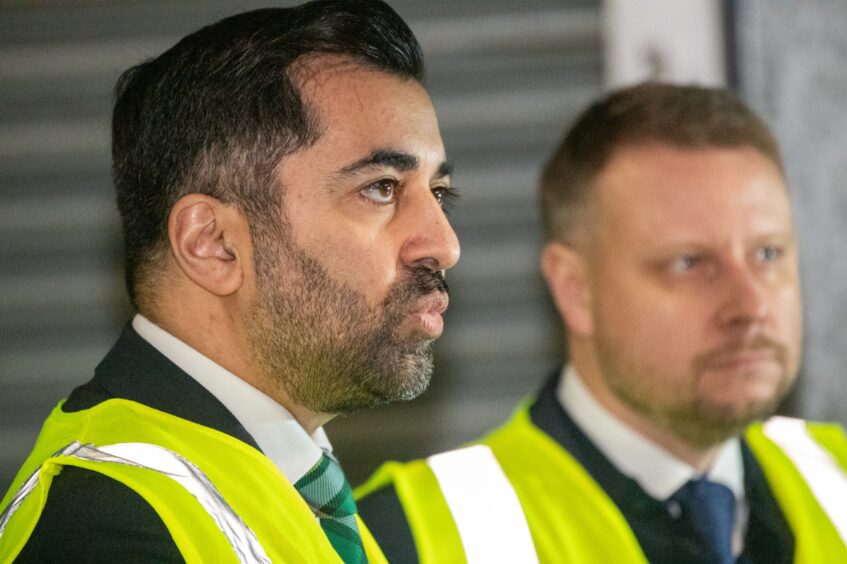
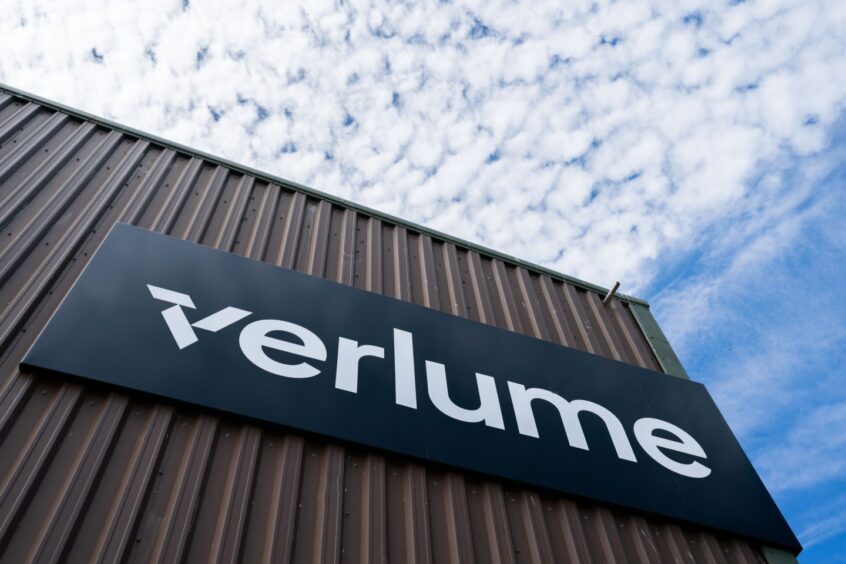
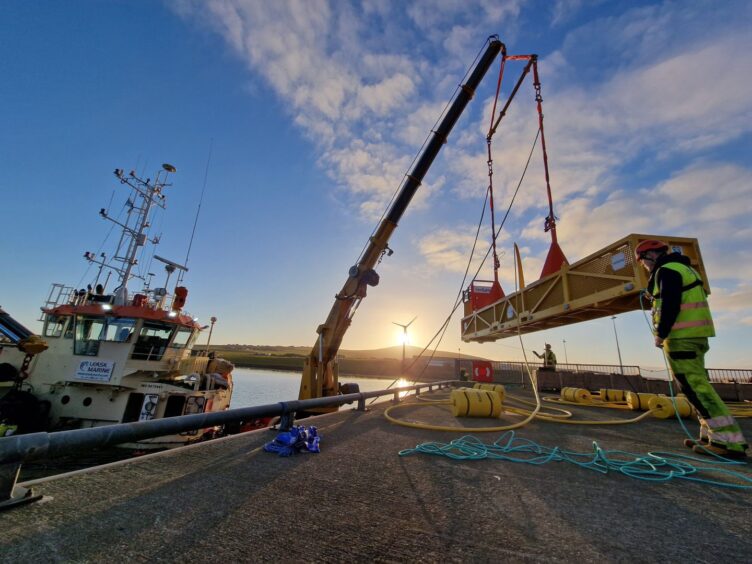
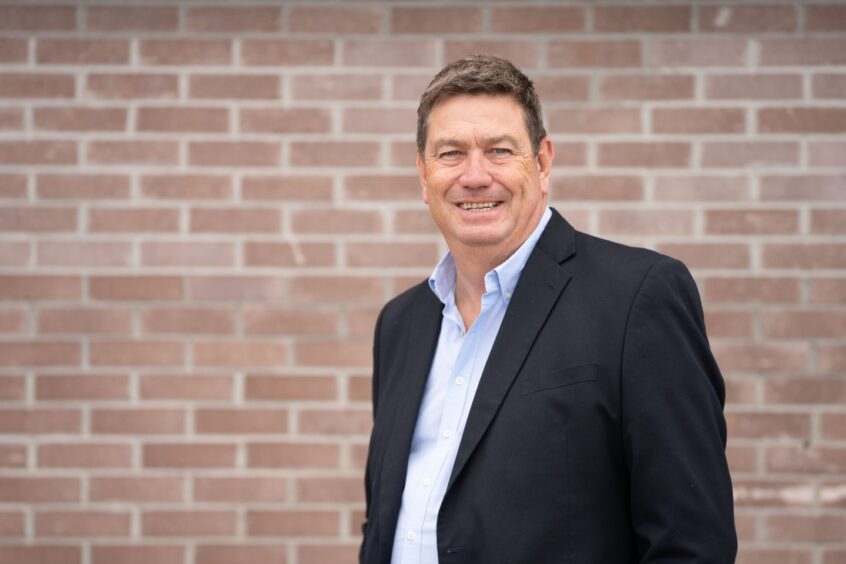
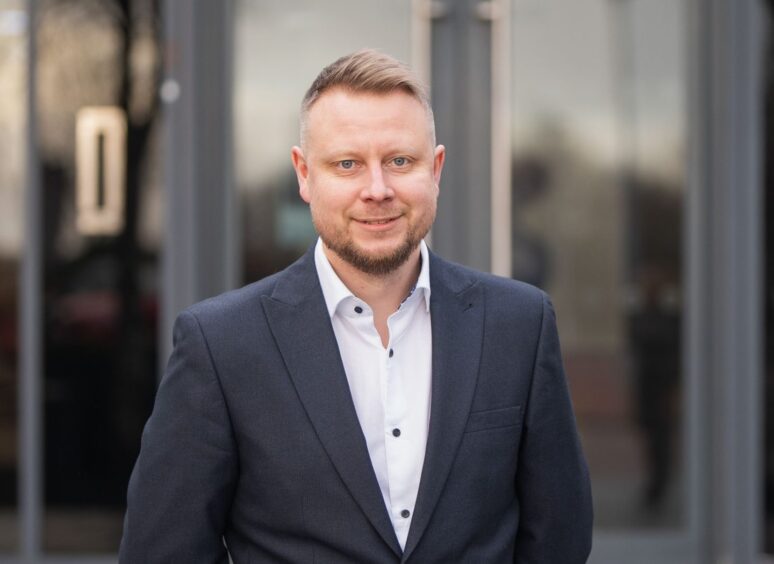
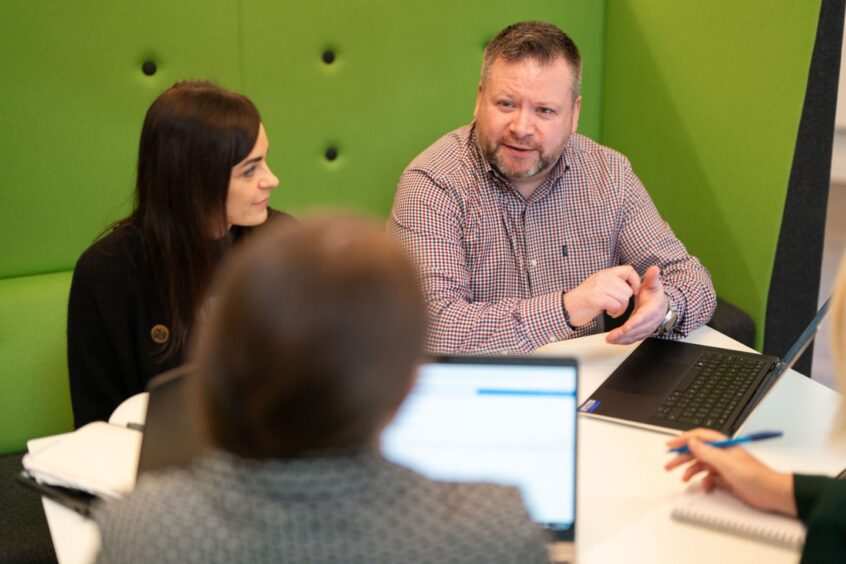
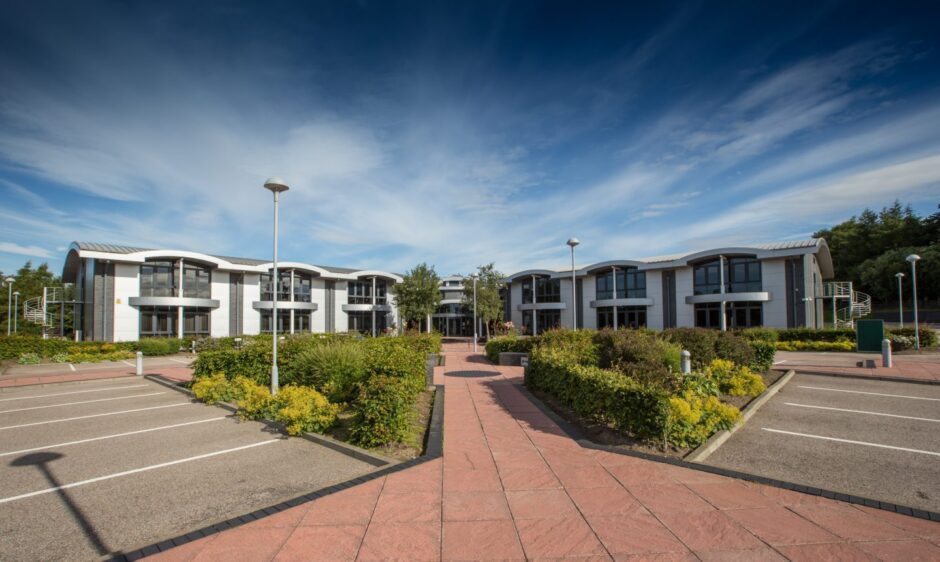
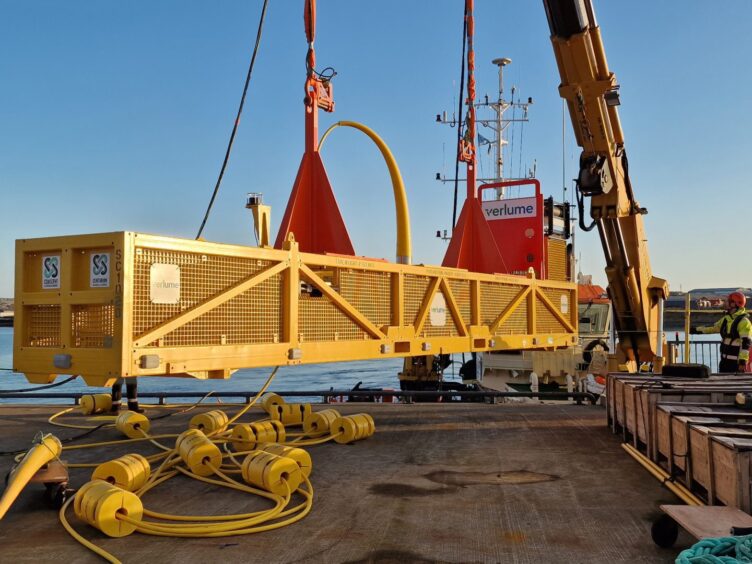
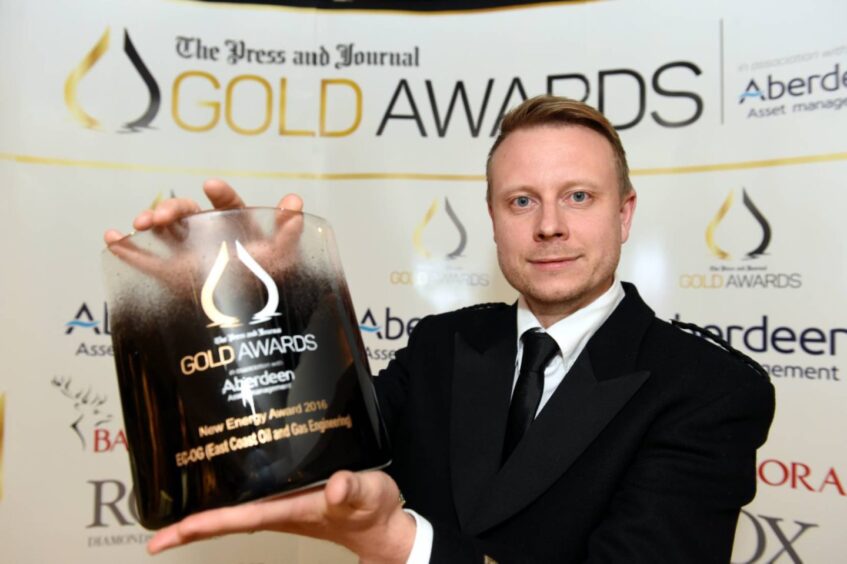
Conversation